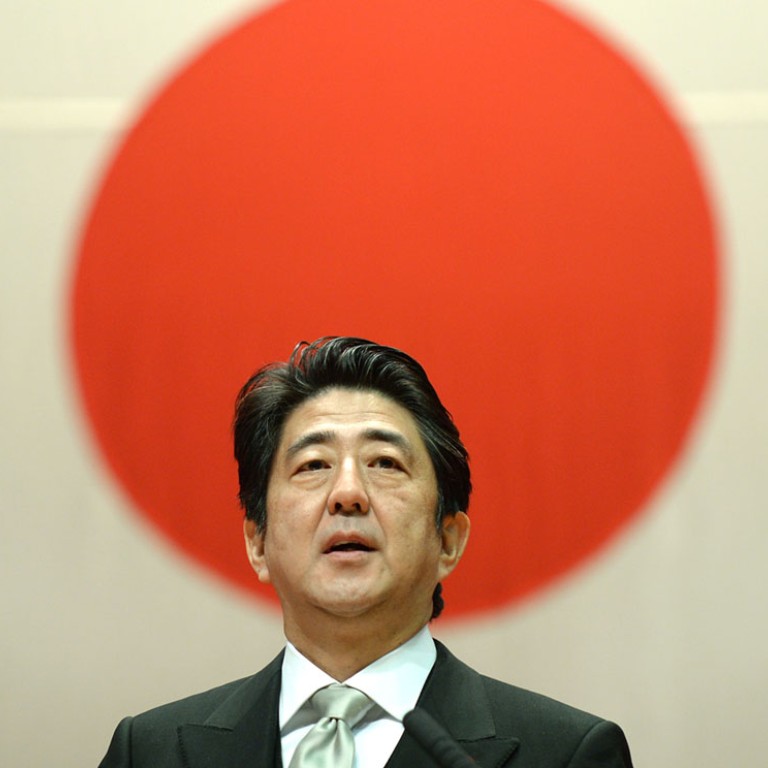
Shinzo Abe's three arrows are looking badly blunted
A lot has been going better for Japan with Abenomics, as Prime Minister Shinzo Abe's economic strategy is known, since he assumed office 20 months ago with a pledge to end a long period of stagnation.
A lot has been going better for Japan with Abenomics, as Prime Minister Shinzo Abe's economic strategy is known, since he assumed office 20 months ago with a pledge to end a long period of stagnation. They include a return to inflation after two decades of crippling off-and-on deflation, improved business profits, a stock market rally and signs of a turnaround in economic sentiment. But alarming second-quarter economic growth data has raised serious doubts. A 6.8 per cent annualised contraction in GDP has erased the entire boom induced by Abe's policies. The biggest fall in GDP since the shock to the economy of the 2011 earthquake and tsunami followed the ending of the country's fiscal stimulus programme in March, and a sales tax increase in April. The latter took a heavy toll on second-quarter consumption as households brought forward big-ticket spending to the January-March quarter, when the world's third largest economy grew by an annualised 6.1 per cent.
The sales tax increase from 5 per cent to 8 per cent raises revenue to service Japan's massive public debt. Abe has to decide soon whether to go ahead with another planned rise to 10 per cent in October next year. This is not the first time a sales tax rise has knocked a recovering economy off course. In 1997 a rise from 3 to 5 per cent sent it back into recession. This reinforces the urgency of structural reform to restore strong economic growth that generates revenue and reduces reliance on fiscal measures to try to reverse output trends.
Abenomics is a three-pronged revival strategy. The first two stages involved monetary easing and public works spending. Earlier this year Abe outlined some details of the so-called third arrow of structural reform, including a corporate tax cut, stronger support for working women, bringing in overseas workers and a better environment for foreign investment. But strong constraints on growth remain to be addressed, including lack of business confidence and reluctance to invest in new equipment, which would boost the economy. During the second quarter, core private-sector machinery orders plunged the most in five years - a seasonally adjusted 10.4 per cent.
The slump in consumption, amid an ageing population and falling real wages, does not encourage businesses to invest huge cash hoards. Abe needs to inject more momentum into structural reform, in particular by facing down sectional and cultural opposition to forging a more flexible labour market.

